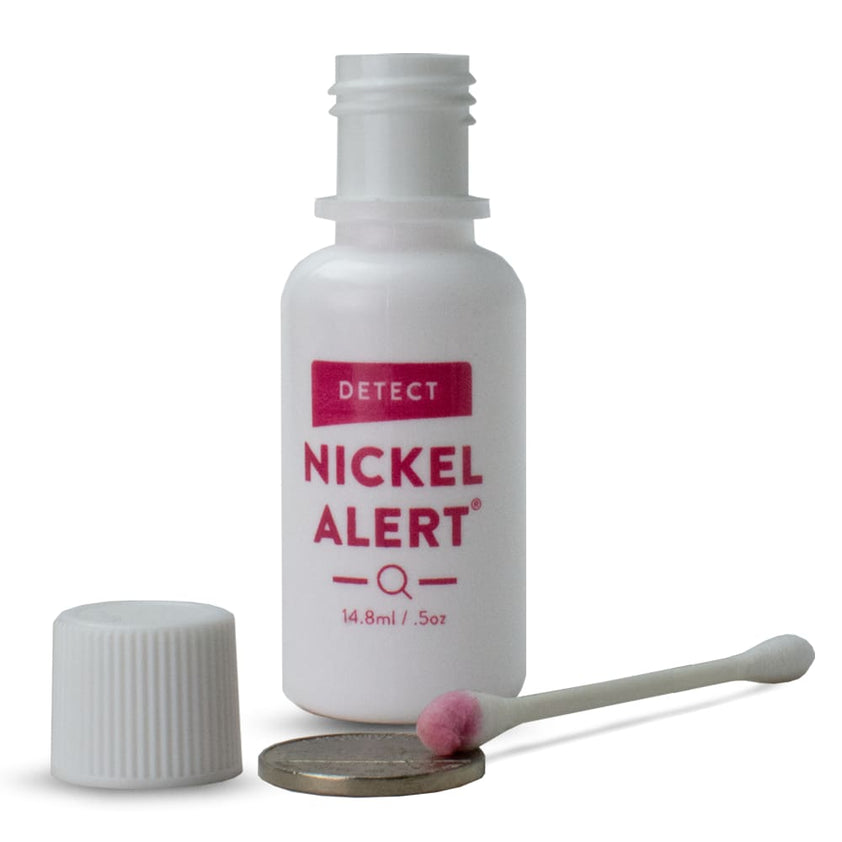


The electrode can able to detect different isomers of nitrophenols. DPV was carried out to quantify p−NP within the concentration range of 1−10 μM and found the detection limit of 0.12 nM on the basis of the signal‐to‐noise ratio S/N=3. Field emission scanning electron microscopy (FE‐SEM), energy dispersive X‐ray spectroscopy (EDS), and cyclic voltammetry (CV) were used to characterize the step‐wise electrode modification process. UV‐vis, high resolution transmission electron microscopy (HR‐TEM), selected area electron diffraction pattern (SAED) and X‐ray diffraction (XRD) analysis confirms the formation of highly pure NiO nanoparticles. The present article, therefore focused on the construction of a novel electrochemical sensor based on NiO nanoparticles/α‐cyclodextrin functionalized reduced graphene oxide modified glassy carbon electrode (NiO−NPs‐α‐CD‐rGO‐GCE) for the selective and sensitive detection of p−NP. Thus, the detection and determination of p−NP present in the environment is an urgent as well as highly important requisite. P‐Nitrophenol (p−NP) is a high priority toxic pollutant and that has harmful effects on human, animals and plants. The notorious d‒p transitions dominating the colour and electronics of the compounds in the solid-state and oligomeric stacks are negligible in our monomolecular models strongly supporting the idea that the previously reported spectroscopic observations or biological effects in solutions are not due to monomolecular complexes but rather to oligomeric dissolved species.

They were assigned to essentially ligand-centred π−π* transitions in part with metal(d) to ligand(π*) charge transfer (MLCT) contributions. Calculated UV-vis spectra revealed the presence of three absorptions in the range 180 to 350 nm that are red-shifted along the series Ni–Pd–Pt. The optimised molecular geometries proved the asymmetric character of the two formed O–H…O bonds which connect the two Hdmg‒ ligands in the completely planar molecules. The results are compared with the available experimental and other calculated data. The molecular geometries, IR and UV-vis spectra, and frontier orbitals properties were computed using LANL2DZ ecp and def2TZVP as basis sets and M06-2X as the functional. We thus studied the structural and spectral properties of the monomolecular entities of these compounds using density functional theory (DFT) and time-dependent DFT computations in dimethyl sulfoxide (DMSO) as a solvent. Given the virtual insolubility of the materials, we postulated that the rare reports on dissolved species in solution do not represent monomolecular species but oligomers. Important applications of the NiII, PdII and PtII complexes (H2dmg = dimethylglyoxime) stem from their tal stacked virtually insoluble aggregates.


 0 kommentar(er)
0 kommentar(er)
